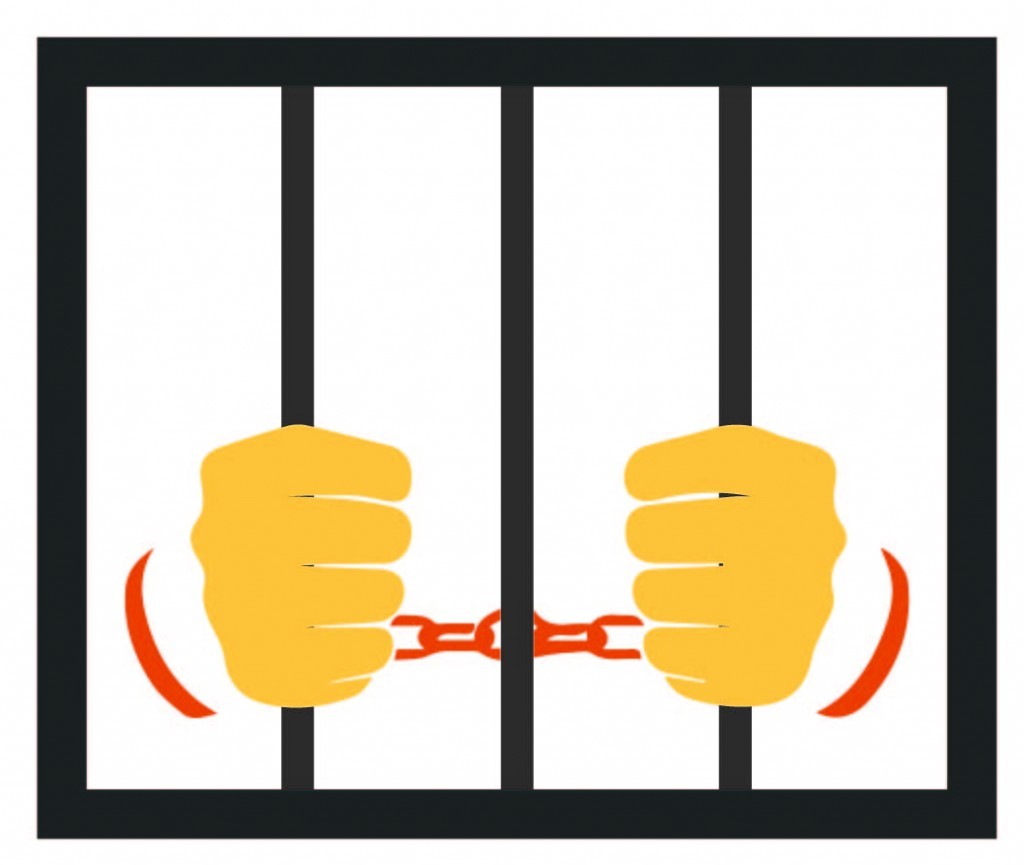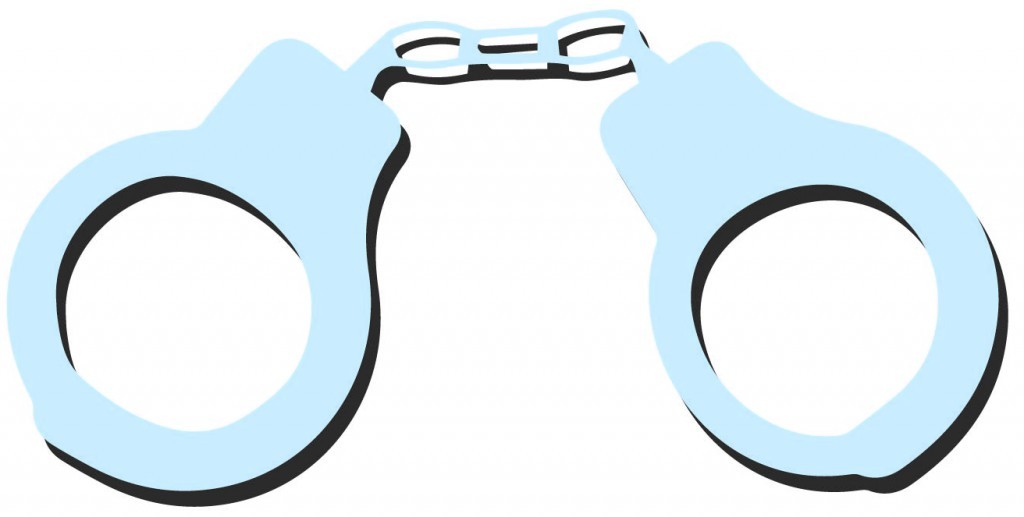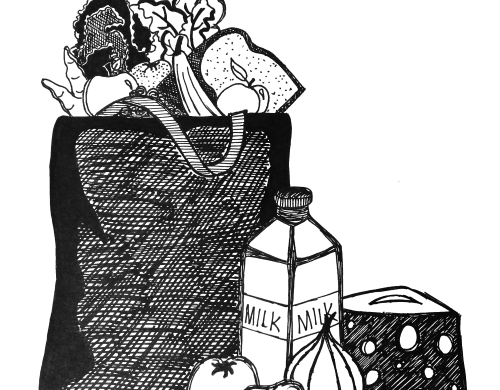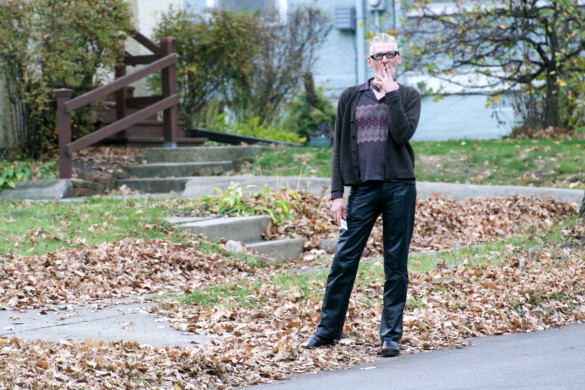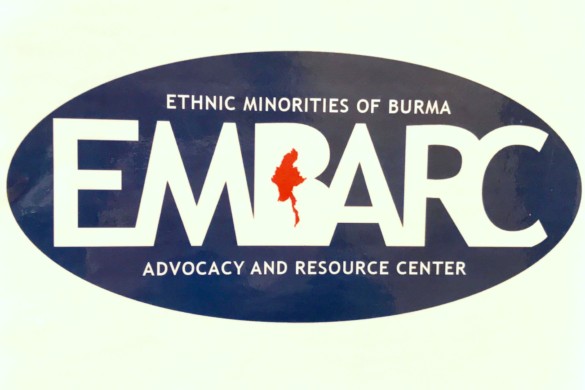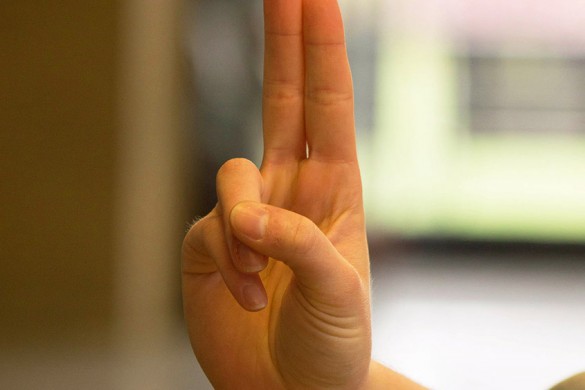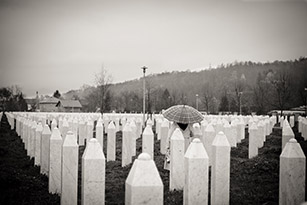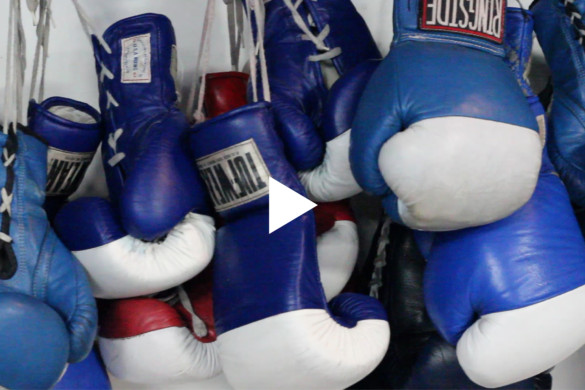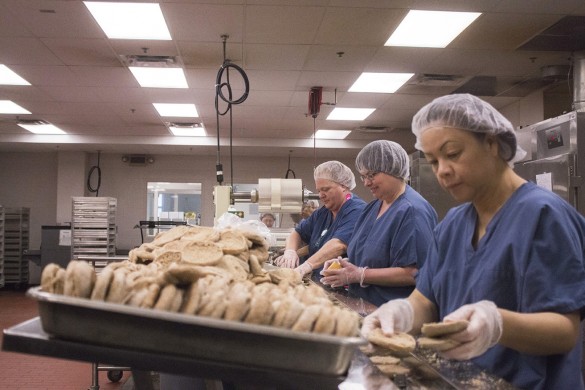Fourteen years. It’s the average number of years a wrongfully convicted person will spend in a prison cell — analyzing every ounce of what went wrong, what could have been, and how to reverse it all. They were failed by the dictum of “innocent until proven guilty.”
When there’s only a shard of hope for release left, the Innocence Project steps in. The national organization reinvestigates old cases, digs for new evidence, and petitions for appeals. It has freed nearly 350 people from wrongful convictions since 1992, all using new DNA evidence to prove innocence beyond a doubt. These flawed convictions were determined by evidence: errors made in forensic science labs, government misconduct, or even eyewitness misidentification and false confessions. And DNA proved them wrong.
But while many states soon developed their own chapters to take on cases at a local level, Iowa lagged behind. It already had laws that provided a court-appointed attorney to inmates pursuing wrongful conviction lawsuits. Fifteen years later, the Hawkeye state — convinced by criminal defense lawyer Brian Farrell and a handful of other practicing litigators — realized the Innocence Project was about more than overturning the state’s wrongful convictions. It was essential to educating the public about how fragile evidence and the legal justice system can be.
As an Iowa native, Farrell’s academic interests had always skewed toward human rights law. After practicing law for years in both his home state and rural South Georgia, he made his pro-bono work a priority. He and four other attorneys founded the Innocence Project of Iowa. Today, the all-volunteer group strives to act as a resource for the most complex of convictions, educate the public about the justice system, and review the cases of the potentially innocent:
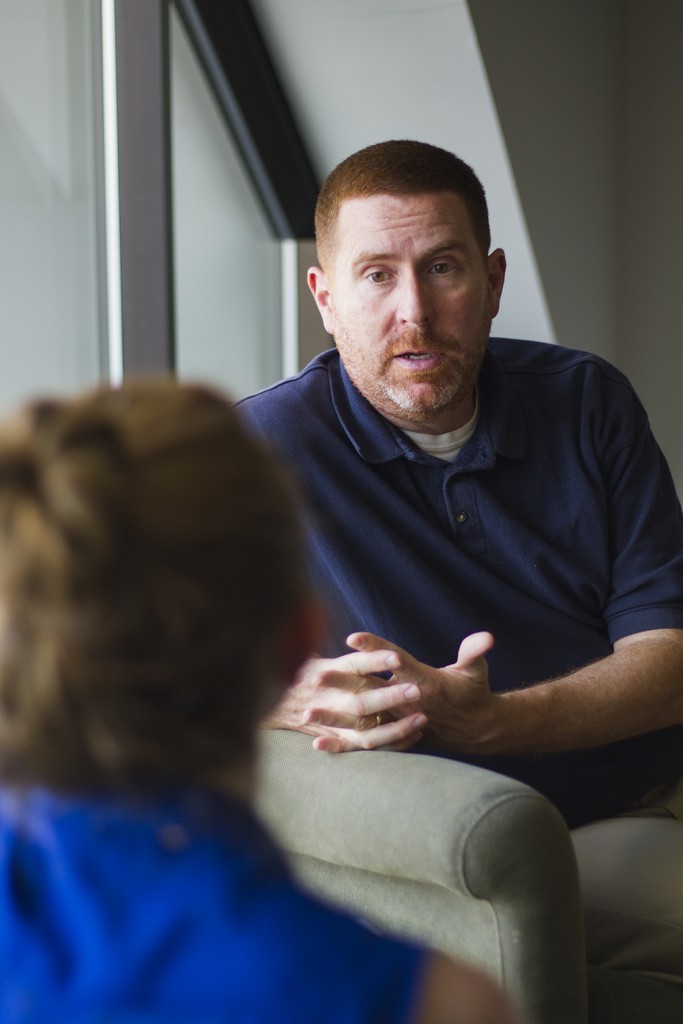
Brian Farrell, a lawyer and board member of the Iowa Innocence Project, talks about the gray areas in the state’s justice system.
Urban Plains: How does the Iowa Project compare to the national organization, which reviews up to 3,000 cases a year?
Brian Farrell: Here in Iowa, we are … fortunately dealing with a much lower case volume than other states’ projects are. There are some states where, if an Innocence Project doesn’t handle a case, that person won’t have representation at all. But anybody in Iowa who believes they have a reason to fight the conviction can hire or be appointed an attorney immediately. So, why wait for an all-volunteer project? Our project’s role is more rescreening of old cases to do further investigation. Someone’s claiming they were wrongfully convicted, but they need the evidence to support that. Some attorneys also come to us for help on a specific part of a particularly complex case. But the absence of a huge number of cases doesn’t mean we shouldn’t be working to improve the system and inform everyone involved of its possible flaws.
UP: What does the process look like for those who need your help?
BF: The cases that do come to us have a process: an inmate submits an application for a fairly lengthy, detailed questionnaire. And our educational partners do the initial screening and case work-up to see what the claims are or what information we need. They then present it to our screening committee, who makes a decision as to whether or not we should take further action on it.
UP: How many cases does that screening committee hear on a yearly basis?
BF: We review about 15-20 cases a year. Of those, we maybe take four or five to the next step of further investigation. A lot of cases simply don’t meet our threshold criteria: Either someone’s not making an actual innocence claim, or they weren’t convicted of a crime in Iowa. They might also have been convicted of a low-level crime — such as public intoxication — and with an all-volunteer outfit, it can take us years to work through a case. So we try to focus on serious crimes where the person is sentenced to at least 10 years or more. We also have to feel that there will be evidence out there to prove their claim of innocence.
UP: Why is that evidence so important?
BF: It’s one of the difficult things. In a criminal trial, the burden is on the prosecution to prove the defendant guilty beyond a reasonable doubt. And a lot of people have that mentality even after conviction, like “Well, all I need to do is cause some reasonable doubt.” In reality, once the conviction has occurred, the burden is then on you to present and prove beyond a preponderance of evidence (more than 50 percent of it favors your case) that somebody else committed this crime.
UP: How much time do the volunteers at the Innocence Project spend on their cases each week?
BF: We have about 10 student researchers in Iowa universities. They each work about 8-10 hours a week doing legal research, reviewing case records, and even policy-related issues. It just depends on how much time the supervisors have, too. That’s one of the difficulties when you’re working at an all-volunteer agency — attorneys have their own caseloads. When student researchers finish something, it may be two or three weeks before the attorney even has time to review and get back to them.
UP: How often does this research just hit a dead end? What happens then?
BF: A lot of times, cases are dead ends as things stand. If some new piece of information came available or old evidence reappeared, it could be reactivated. But of the cases that we’ve really put a lot of time into, I can think of at least two where we felt there were compelling claims of wrongful convictions. When we went to get the evidence to prove it, it “wasn’t available.” Exhibits from a crime scene can be suddenly no longer available. Unless, at some point in the future, this evidence turns up in a mis-stored file, that’s it.
UP: How hard do you fight the system when this happens?
BF: We’re typically doing this as a non-profit who’s researching — not in the midst of a criminal case. So we don’t have the power to subpoena. So we politely (but persistently) keep asking. A lot of times, all you can get from a police department or crime lab is “Yes, we looked again. No, it’s not here.” It’s frustrating, but it’s one of the parts of the work that can be challenging.
UP: You’re basically trying to overturn the convictions of courts and police forces. So what does your collaboration with government and police forces look like?
BF: There’s the potential for an adversarial starting place. But I try to keep in my mind that it’s an additional layer of truth seeking. We’re not looking to get someone out of prison on a technicality. We want compelling evidence. So my hope is that a prosecutor’s or law enforcement’s opinion would align perfectly. They aren’t in it to win. They’re in it to seek truth, as well. We present things in a less contentious way. We’re not just freeing an innocent person — we’re also getting the person who actually committed the crime.
UP: Let’s wrap up with Serial. What did you think of the popular podcast’s portrayal of the Innocence Project as someone who works in it?
BF: I don’t know whether Adnan Syed is guilty or innocent. I think Serial made a compelling argument for the potential weaknesses of the case against him. And I’m glad to know that Deirdre Enright and others are working on that case. But I thought it was useful in giving a deeper explanation and deconstruction of the criminal justice system — how it works. And evidence can be used to support multiple perspectives. Something that seems very innocuous one way can be turned around to be a narrative of damning evidence. It also gave a glimpse of how fragile and imprecise the building blocks of a case can be.
We left the podcast with a lot of people saying, “Wow, I can’t believe someone was convicted based on that evidence.” That’s just the difficulty of the criminal justice system. We are trying to use imperfect means after the fact to find out the truth. That doesn’t mean we throw our hands up and say we can never get it right without cameras and a signed confession. It just means we have to be open-minded.


